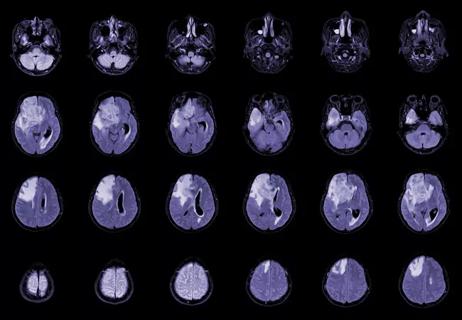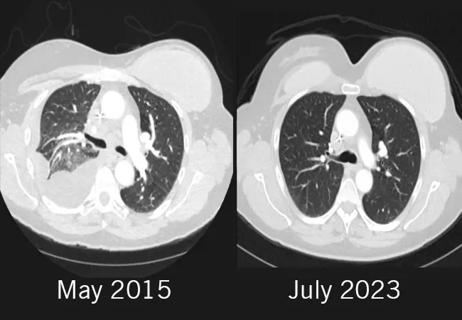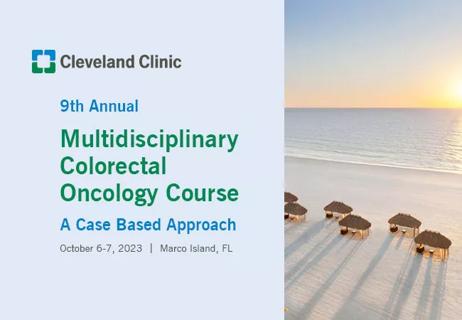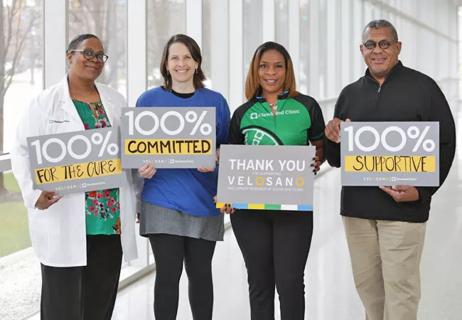Addressing a patient’s addiction fears versus the need for pain relief

“Will you let us help you with the pain?” Mikkael Sekeres, MD, MS, gently asked his patient.
Advertisement
Cleveland Clinic is a non-profit academic medical center. Advertising on our site helps support our mission. We do not endorse non-Cleveland Clinic products or services. Policy
The older man, who was being treated for acute lymphocytic leukemia, had developed chemotherapy-induced mucositis. The ulcers in his mouth and esophagus were so agonizing that he couldn’t swallow pills, but he had refused a patient-controlled analgesia pump, fearful he would become addicted.
“I felt so bad for him,” Dr. Sekeres reflects in his latest New York Times column. “It wasn’t the first time I had heard this from one of my patients. The scourge of the opiate crisis is appalling in the scope of human life it has affected and in the nefarious actions of some doctors and pharmaceutical manufacturers and distributors who have helped fuel it. It is rightly labeled an epidemic.
“But there are people with diagnoses like cancer who wouldn’t be able to withstand their conditions — or the aggressive therapies we administer to try to rid them of these diagnoses — without supportive medications like opiates. What has gotten lost in a lot of reporting about the crisis, and the regulatory guardrails that have been put in place to limit opioid prescribing, are the patients who genuinely need the drugs to make their excruciating existence at least somewhat tolerable.”
Read the full column here. Dr. Sekeres, Director of Cleveland Clinic Cancer Center’s Leukemia Program and Vice-chair for Clinical Research, writes regularly for the Times and other publications about his experiences as an oncologist.
Advertisement
Advertisement

Timing and type of side effects differ greatly from chemotherapy

Dedicated multidisciplinary teams support 84 ultra-rare cancers

Sessions explore treatment advances and multidisciplinary care

New research from Cleveland Clinic helps explain why these tumors are so refractory to treatment, and suggests new therapeutic avenues

Combination of olaparib and carboplatin results in complete durable response for a patient with BRCA2 and “BRCAness” mutations

Early communication between oncologists and ophthalmologist warranted

Case-based course delves into latest treatment approaches

Long-term relationship building and engagement key to gaining community trust